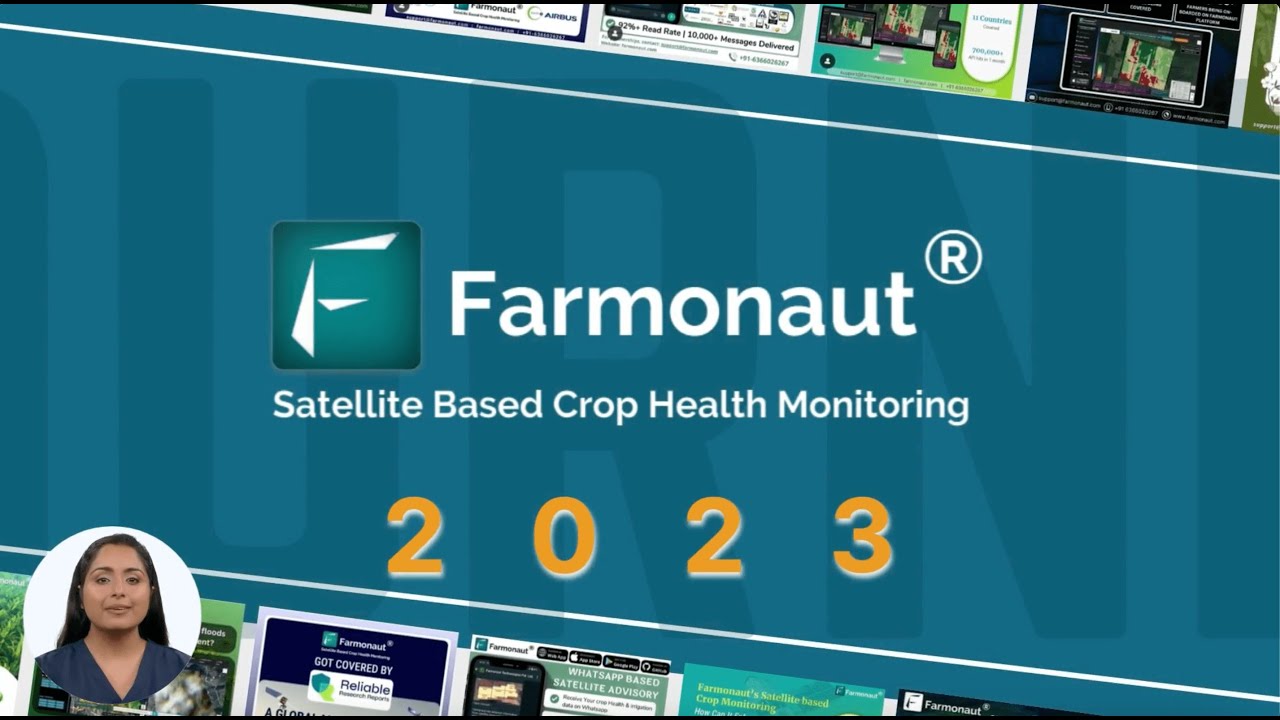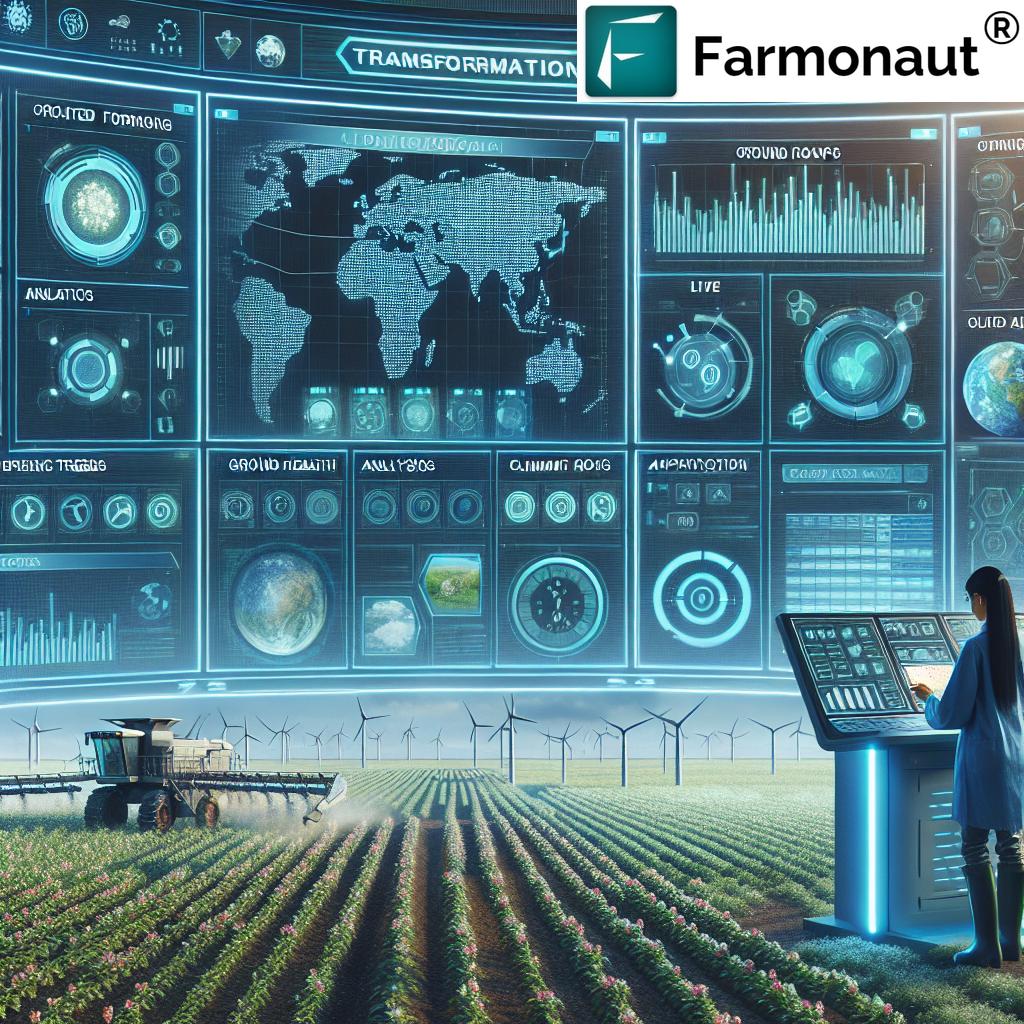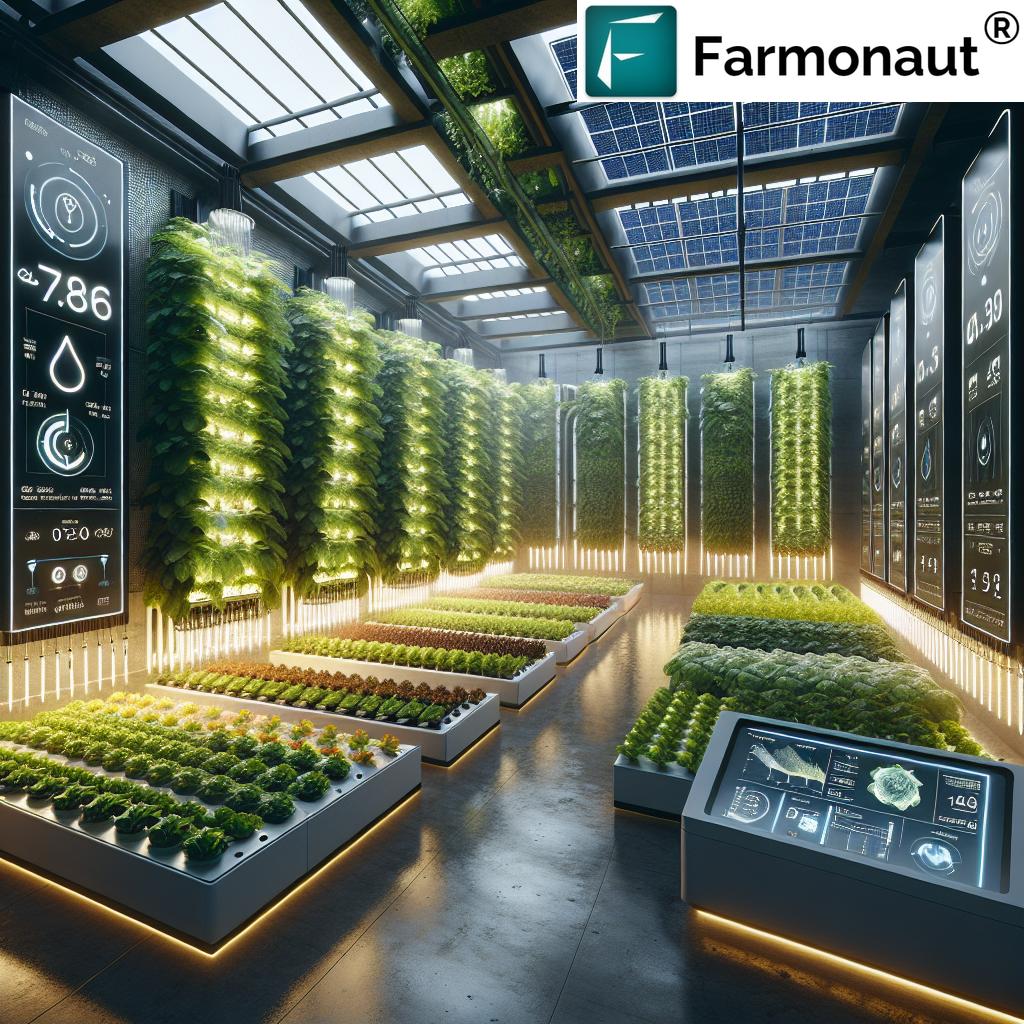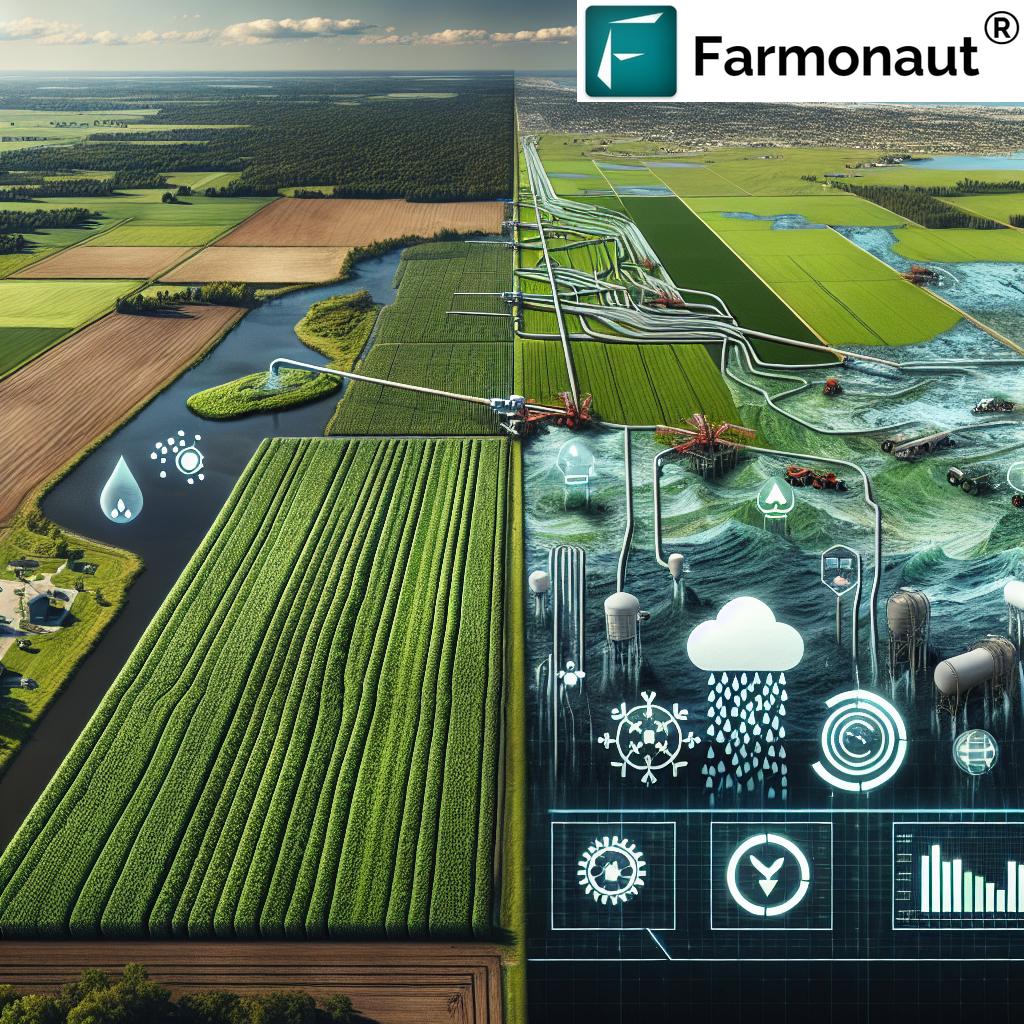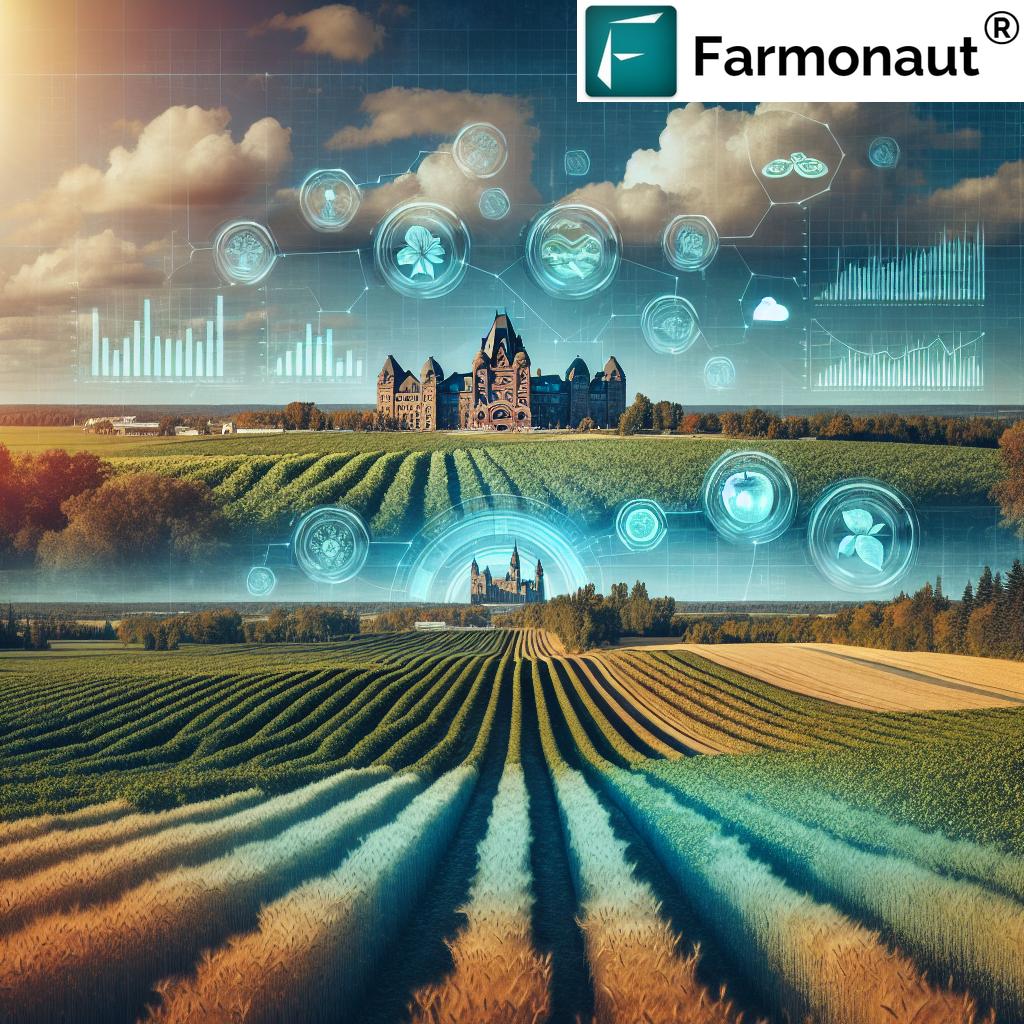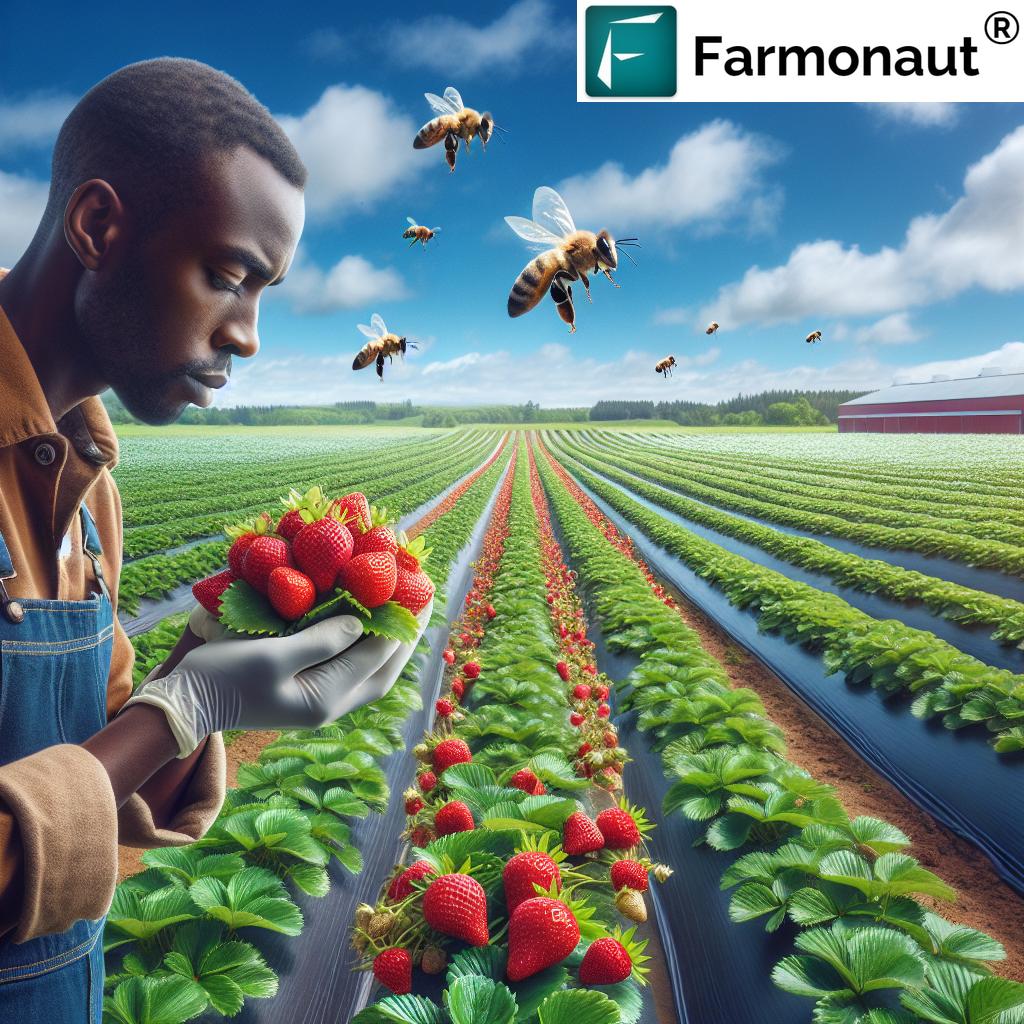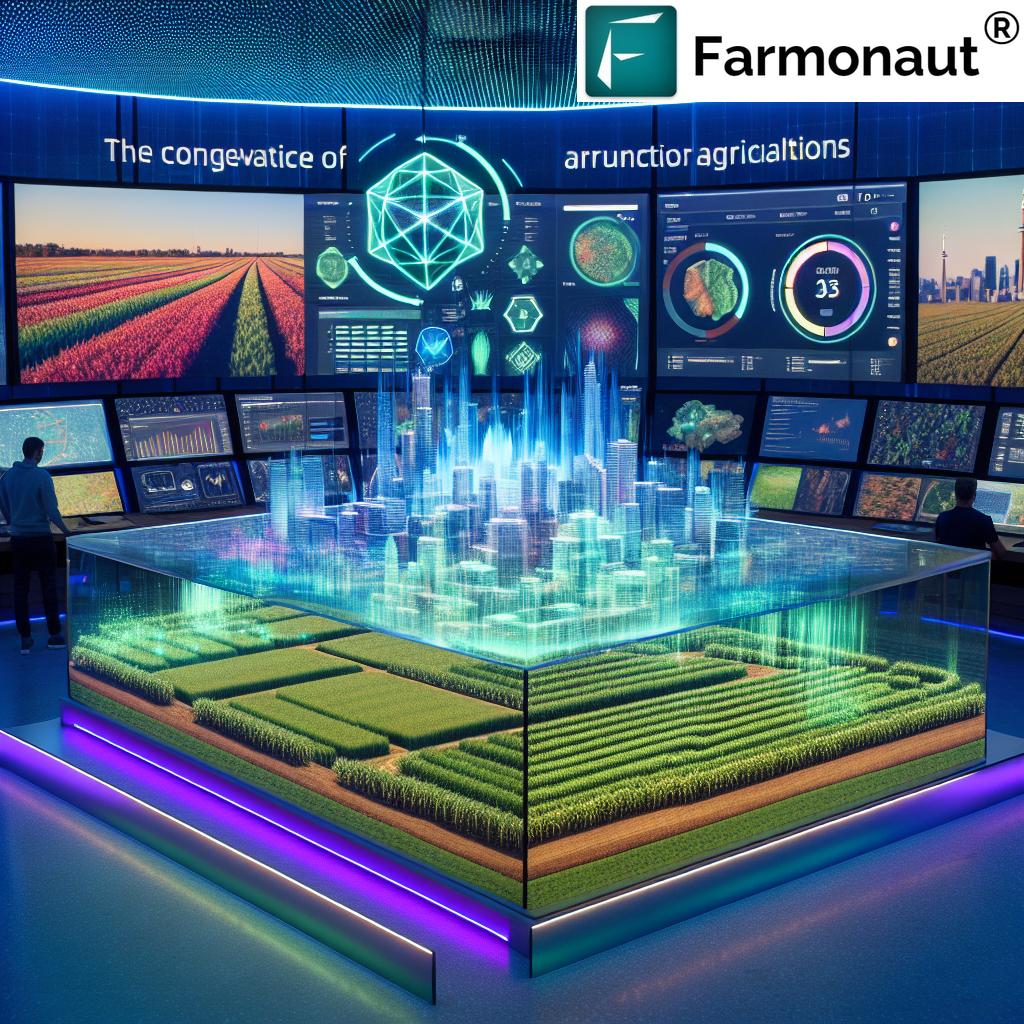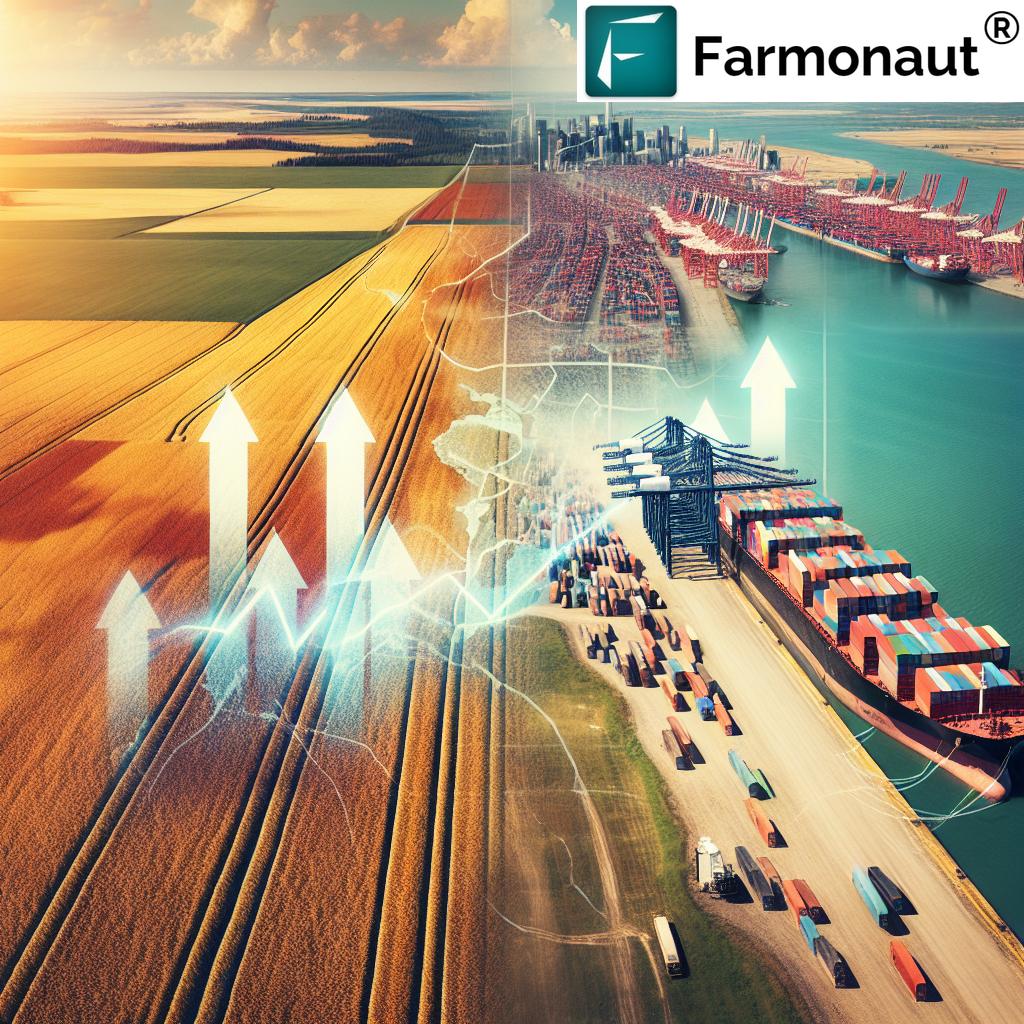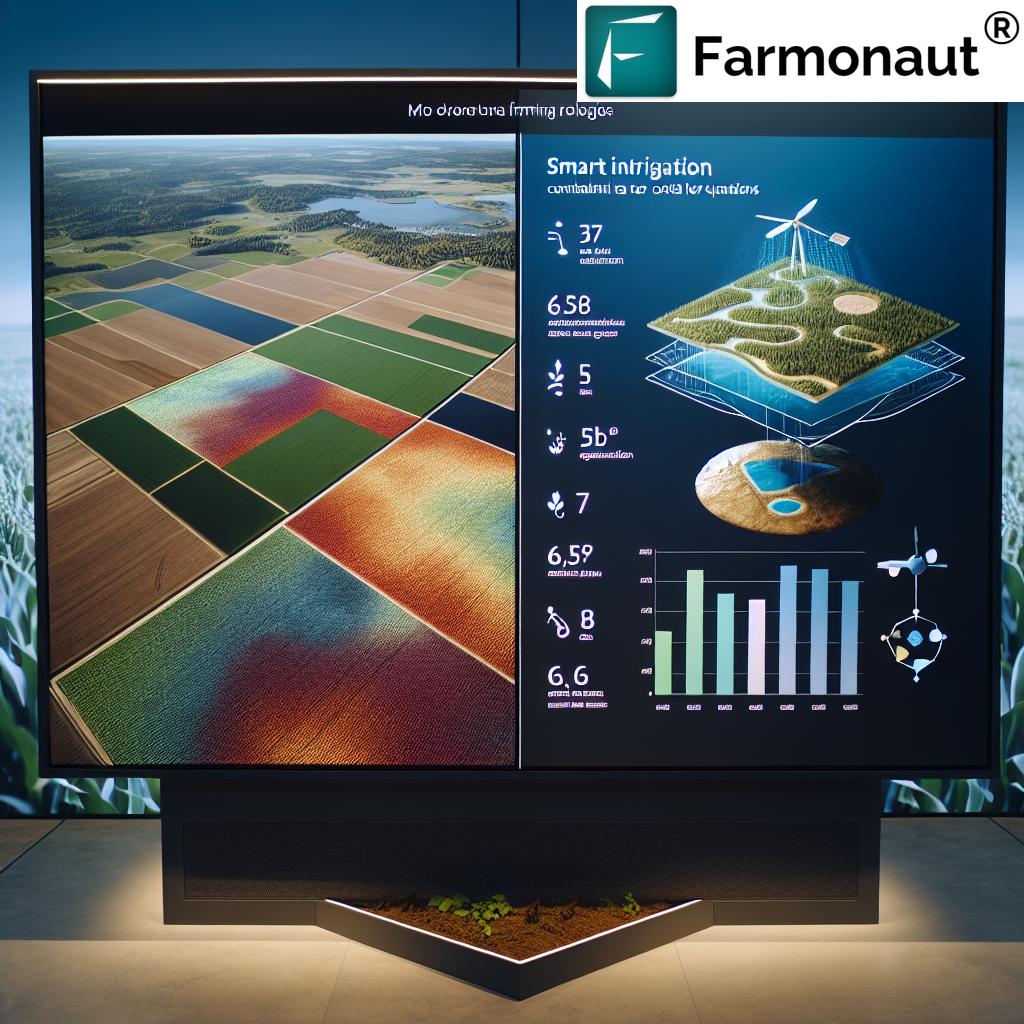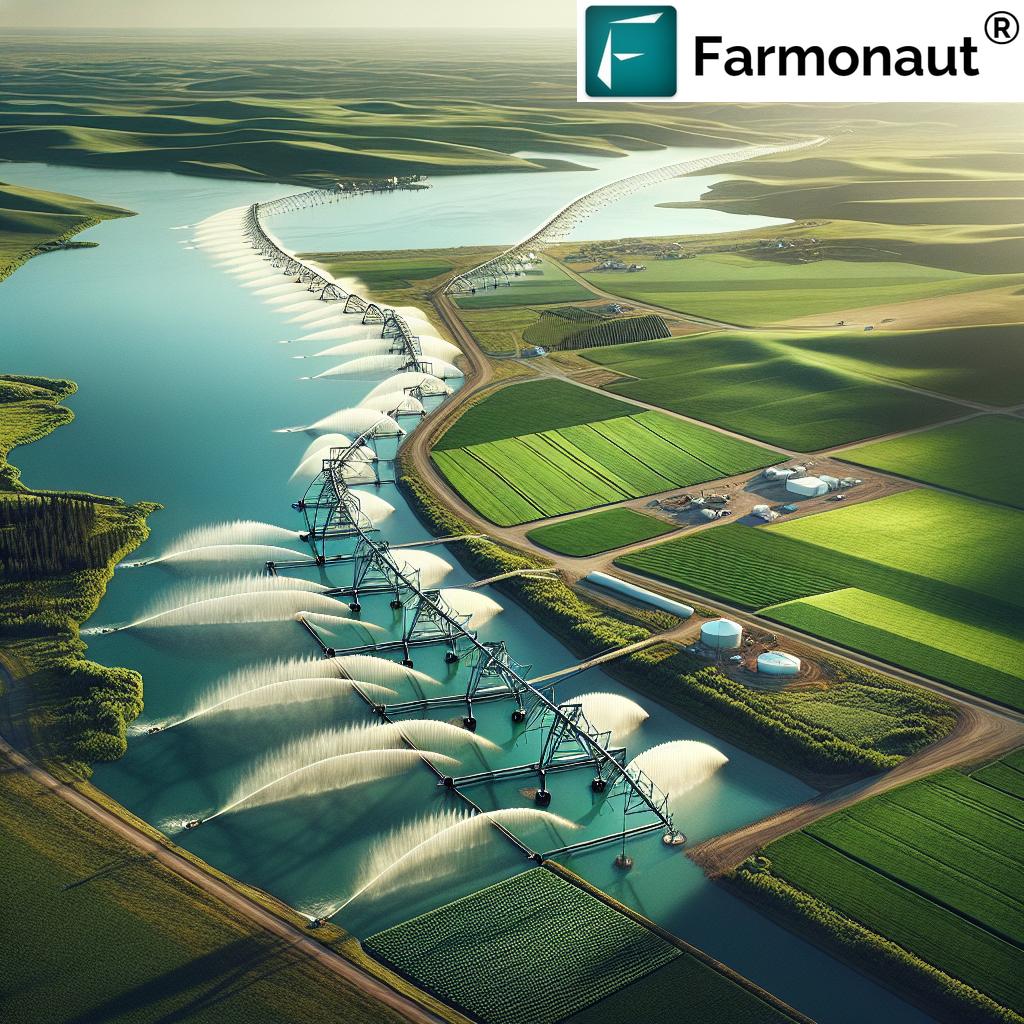Revolutionizing Food Waste Management in Canada: Sustainable Solutions for a Greener Future
“Canada wastes 35.5 million metric tonnes of food annually, equivalent to 60% of its total food production.”
Welcome to our comprehensive exploration of food waste management in Canada and the innovative solutions shaping a more sustainable future for the food industry. As we delve into this critical issue, we’ll uncover the stark realities of food waste in Canada and examine cutting-edge approaches to combat this growing crisis.
The Food Waste Crisis in Canada: A Call to Action
In Canada, the scale of food waste is staggering. With 60 percent of food produced being wasted annually, amounting to 35.5 million metric tonnes, it’s clear that immediate action is necessary. This waste not only represents a significant loss of resources but also contributes to environmental degradation and economic inefficiency.
As we navigate through this blog post, we’ll explore sustainable agriculture practices, precision farming techniques, and innovative agritech solutions that are revolutionizing the way we approach food production and waste management. From greenhouse technology to AI-powered crop monitoring, we’ll uncover the tools and strategies that are shaping the future of Canadian agriculture.
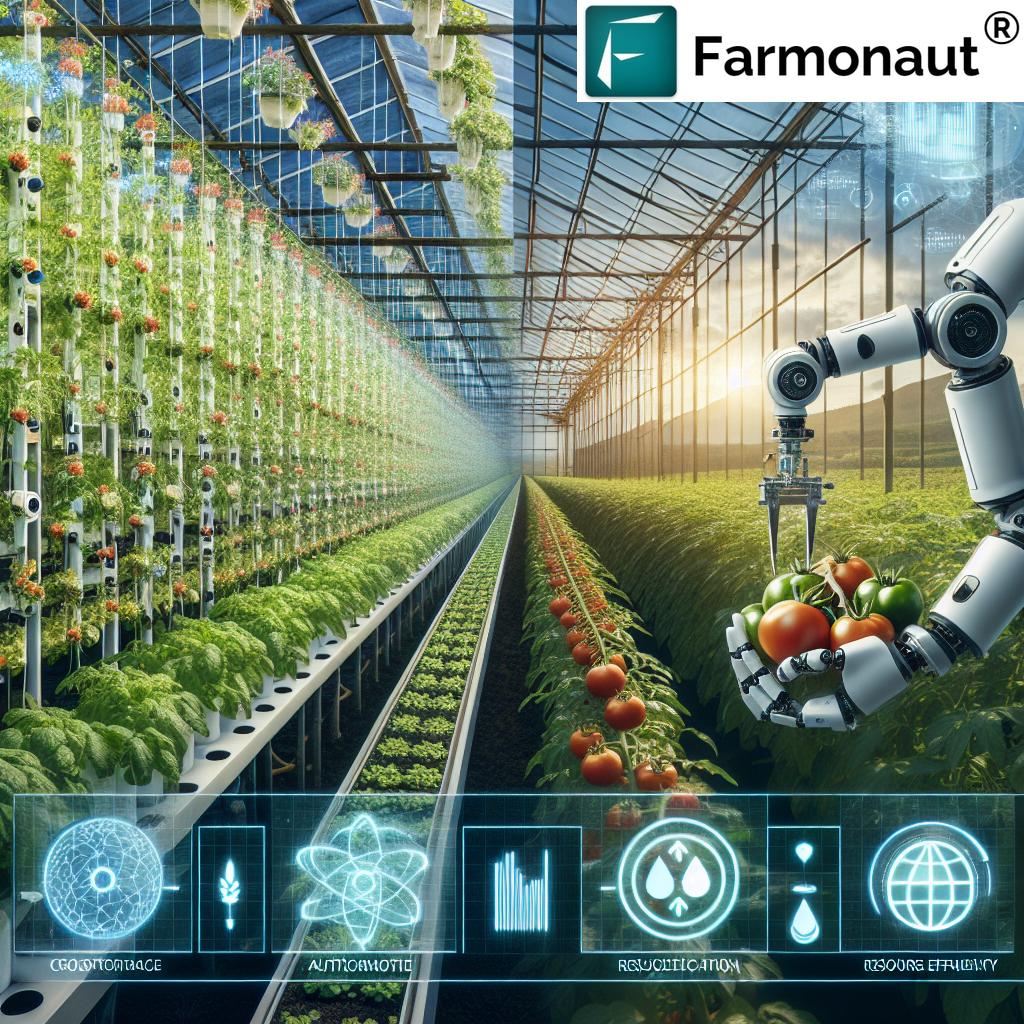
Understanding the Scope of Food Waste in Canada
Before we dive into solutions, it’s crucial to understand the extent of the problem. Food waste in Canada occurs at every stage of the supply chain, from farm to fork. Here’s a breakdown of where and how food is wasted:
- Production: Crops left unharvested due to market conditions or cosmetic standards
- Processing: Edible trimmings and byproducts discarded
- Distribution: Produce spoiled during transport or storage
- Retail: Unsold products past their “best before” dates
- Consumption: Household food waste due to over-purchasing or improper storage
This widespread waste not only represents a loss of nutritious food but also a significant waste of resources, including water, energy, and labor inputs used in food production. The environmental impact is equally concerning, with food waste contributing to greenhouse gas emissions and landfill overflow.
Sustainable Agriculture Practices: The Foundation of Waste Reduction
At the heart of combating food waste lies the implementation of sustainable agriculture practices. These methods focus on producing food efficiently while minimizing environmental impact and resource depletion. Let’s explore some key practices:
- Crop Rotation: Enhances soil health and reduces pest pressure
- Integrated Pest Management: Minimizes chemical use and crop damage
- Water Conservation: Implements efficient irrigation systems
- Soil Management: Maintains soil fertility and structure
By adopting these practices, Canadian farmers can significantly reduce crop losses and improve overall agricultural efficiency. This not only reduces waste but also ensures a more stable and sustainable food supply for the future.
Precision Farming Techniques: Maximizing Efficiency and Minimizing Waste
Precision farming is revolutionizing the agricultural landscape in Canada. By leveraging technology to make farming more accurate and controlled, we can dramatically reduce waste and optimize resource use. Here are some key precision farming techniques:
- GPS-guided tractors: Ensure precise planting and harvesting
- Drone technology: Provides aerial crop monitoring and targeted treatments
- Soil sensors: Offer real-time data on soil conditions for optimal fertilization
- Variable Rate Technology (VRT): Allows for precise application of inputs based on field variability
These techniques allow farmers to apply the right amount of inputs at the right time and place, significantly reducing waste and improving crop yields. For instance, VRT can reduce fertilizer use by up to 30% while maintaining or even increasing crop yields.
Greenhouse Technology: Year-Round Production and Waste Reduction
Greenhouse technology is playing a pivotal role in revolutionizing food production in Canada. By creating controlled environments, greenhouses allow for year-round cultivation, reducing dependency on seasonal factors and minimizing crop losses. Here’s how greenhouse technology is contributing to waste reduction:
- Climate Control: Optimal growing conditions reduce crop stress and losses
- Hydroponic Systems: Efficient use of water and nutrients
- Vertical Farming: Maximizes space utilization and increases yields
- LED Lighting: Provides supplemental light for optimal plant growth
These advancements not only reduce waste but also increase the efficiency of food production. For example, hydroponic systems can use up to 90% less water than traditional farming methods while producing higher yields in a smaller space.
“Implementing precision farming techniques and greenhouse technology can significantly reduce the 60% food waste in Canada’s agriculture sector.”
Agritech Solutions: The Future of Farming
The integration of technology in agriculture, often referred to as agritech, is transforming the way we produce food and manage resources. These innovative solutions are key to addressing the food waste crisis in Canada. Let’s explore some groundbreaking agritech solutions:
- AI-Powered Crop Monitoring: Uses machine learning algorithms to detect crop health issues early
- Blockchain for Supply Chain Management: Enhances traceability and reduces waste in distribution
- IoT Sensors: Provide real-time data on crop conditions and storage environments
- Robotic Harvesting: Increases efficiency and reduces labor-related waste
One company at the forefront of agritech solutions is Farmonaut. Their satellite-based farm management platform offers real-time crop health monitoring, AI-based advisory systems, and resource management tools. By leveraging these technologies, farmers can make data-driven decisions that optimize crop yields and minimize waste.
Crop Loss Prevention: Strategies for Success
Preventing crop losses is a crucial aspect of reducing food waste in Canada. By implementing effective strategies, we can significantly decrease the amount of produce that never makes it to market. Here are some key approaches:
- Early Disease Detection: Using AI and image recognition to identify plant diseases before they spread
- Improved Storage Solutions: Implementing smart storage systems that monitor and adjust conditions to extend produce shelf life
- Weather Forecasting: Utilizing advanced weather prediction models to protect crops from extreme conditions
- Pest Management: Employing integrated pest management techniques to reduce crop damage
By combining these strategies with precision farming techniques and agritech solutions, Canadian farmers can dramatically reduce crop losses and improve overall agricultural efficiency.
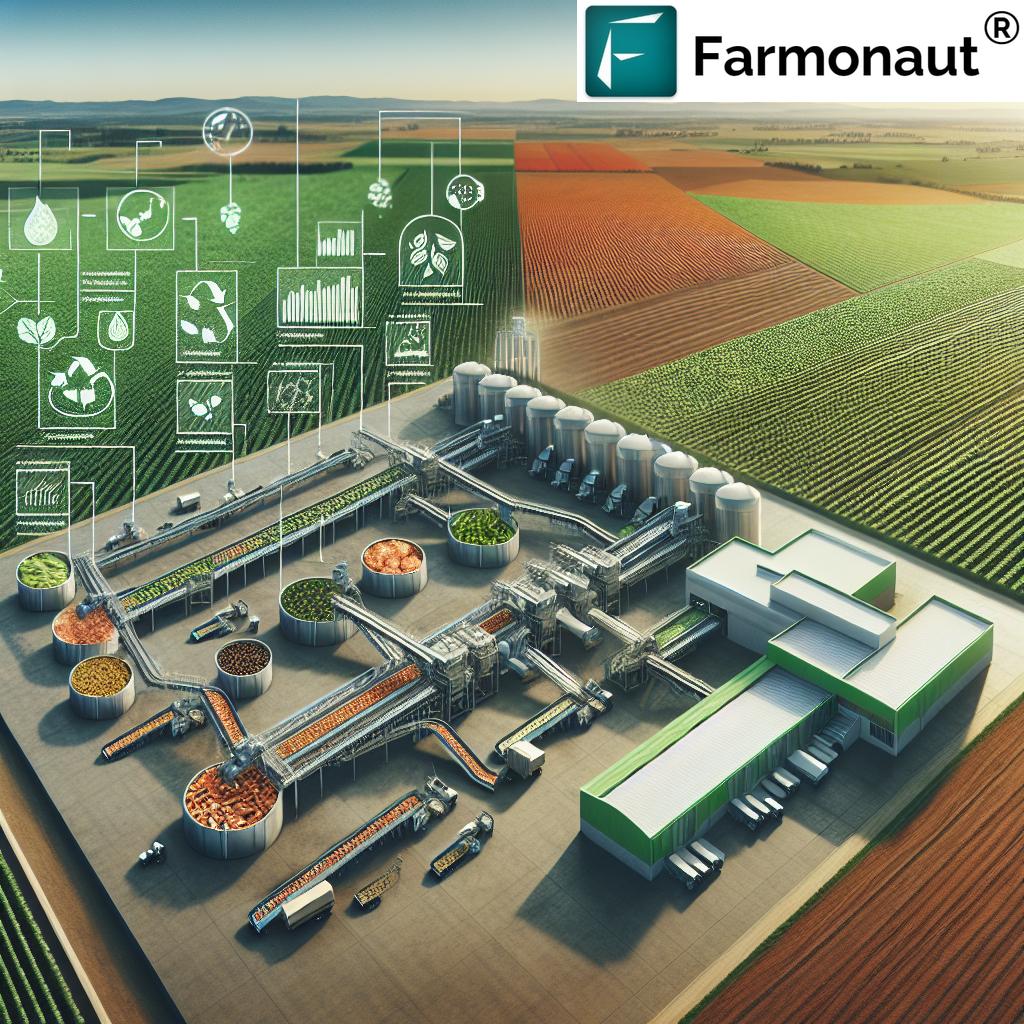
Food Industry Automation: Streamlining Processes and Reducing Waste
Automation in the food industry is playing a crucial role in reducing waste and improving efficiency. From harvesting to processing and packaging, automated systems are helping to minimize human error and optimize resource use. Here are some key areas where automation is making a difference:
- Automated Sorting Systems: Use computer vision to accurately sort produce based on quality and ripeness
- Precision Packaging: Reduces overpackaging and extends shelf life
- Inventory Management Systems: Use AI to predict demand and optimize stock levels
- Automated Quality Control: Ensures consistent product quality and reduces waste due to defects
By implementing these automated solutions, food producers and processors can significantly reduce waste throughout the supply chain. For example, automated sorting systems can increase the yield of marketable produce by up to 15% by accurately identifying and separating produce based on quality standards.
Sustainable Food Production: Balancing Efficiency and Environmental Responsibility
As we strive to reduce food waste, it’s crucial to focus on sustainable food production methods that balance efficiency with environmental responsibility. Here are some key aspects of sustainable food production:
- Alternative Energy Sources: Implementing solar and wind power in farming operations
- Biocontrols: Using natural predators and beneficial insects for pest management
- Water Management: Implementing drip irrigation and water recycling systems
- Organic Farming Practices: Reducing reliance on synthetic inputs and promoting soil health
These practices not only reduce the environmental impact of food production but also contribute to long-term agricultural sustainability. For instance, organic farming practices can reduce energy consumption by up to 45% compared to conventional farming methods.
Explore Farmonaut’s satellite-based solutions for sustainable agriculture:
Farmonaut API | API Developer Docs
Smart Irrigation Systems: Conserving Water and Improving Crop Yields
Water management is a critical aspect of sustainable agriculture and waste reduction. Smart irrigation systems are at the forefront of this effort, helping farmers conserve water while improving crop yields. Here’s how these systems are making a difference:
- Soil Moisture Sensors: Provide real-time data on soil water content
- Weather-based Controllers: Adjust irrigation schedules based on local weather conditions
- Drip Irrigation: Delivers water directly to plant roots, minimizing evaporation
- Precision Sprinklers: Use GPS and computer controls for targeted water application
By implementing smart irrigation systems, Canadian farmers can reduce water usage by up to 30% while maintaining or even improving crop yields. This not only conserves a precious resource but also reduces the energy and costs associated with water pumping and distribution.
AI-Powered Crop Monitoring: The Future of Precision Agriculture
Artificial Intelligence (AI) is revolutionizing crop monitoring, allowing farmers to detect and address issues before they lead to significant losses. Here’s how AI-powered crop monitoring is transforming agriculture:
- Disease and Pest Detection: AI algorithms analyze images to identify early signs of crop stress
- Yield Prediction: Machine learning models forecast crop yields with high accuracy
- Nutrient Management: AI systems recommend optimal fertilizer application based on crop needs
- Harvesting Optimization: AI determines the best time to harvest for maximum yield and quality
Companies like Farmonaut are at the forefront of this technology, offering AI-powered crop monitoring solutions that help farmers make data-driven decisions. By leveraging satellite imagery and machine learning, these systems can detect crop health issues early, allowing for timely interventions that reduce waste and improve yields.
Food Supply Chain Optimization: From Farm to Fork
Optimizing the food supply chain is crucial for reducing waste and improving efficiency in Canada’s food industry. Here are some key strategies for supply chain optimization:
- Improved Forecasting: Using AI and big data to predict demand more accurately
- Cold Chain Management: Implementing IoT sensors to monitor and maintain optimal temperatures during transport
- Just-in-Time Delivery: Reducing storage time and improving product freshness
- Blockchain Technology: Enhancing traceability and reducing food fraud
By implementing these strategies, we can significantly reduce waste throughout the supply chain. For example, improved cold chain management can extend the shelf life of perishable goods by up to 25%, reducing spoilage and waste.
Experience the power of Farmonaut’s technology:
Comparative Analysis of Food Waste Reduction Strategies in Canada
| Strategy | Estimated Waste Reduction Potential (%) | Implementation Complexity | Environmental Impact |
|---|---|---|---|
| Precision Farming Techniques | 20-30% | Medium | High |
| Greenhouse Technology | 30-40% | High | Medium |
| AI-Powered Crop Monitoring | 15-25% | Medium | Medium |
| Smart Irrigation Systems | 20-30% | Medium | High |
| Supply Chain Optimization | 25-35% | High | High |
The Role of Consumer Education in Reducing Food Waste
While technological solutions play a crucial role in reducing food waste at the production and distribution levels, consumer education is equally important. Here are some key areas where consumer education can make a difference:
- Understanding Date Labels: Educating consumers on the difference between “best before” and “use by” dates
- Proper Food Storage: Teaching optimal storage techniques for different types of produce
- Meal Planning: Encouraging consumers to plan meals and shop accordingly to reduce over-purchasing
- Composting: Promoting home composting for unavoidable food waste
By empowering consumers with knowledge and tools to reduce waste at home, we can make significant strides in addressing the food waste crisis in Canada.
Government Initiatives and Policy Support
Government support and policy initiatives play a crucial role in addressing food waste in Canada. Here are some key areas where government action can make a difference:
- Tax Incentives: Offering tax breaks for businesses that donate excess food
- Funding for Innovation: Providing grants for research and development in agritech and waste reduction technologies
- Regulatory Framework: Implementing and enforcing regulations on food waste management
- Public Awareness Campaigns: Launching nationwide campaigns to educate consumers about food waste
By creating a supportive policy environment, the government can accelerate the adoption of sustainable practices and technologies across the food industry.
The Future of Food Waste Management in Canada
As we look to the future, it’s clear that addressing food waste in Canada will require a multifaceted approach. By combining innovative technologies, sustainable practices, and consumer education, we can create a more efficient and environmentally friendly food system. Here are some key trends and predictions for the future of food waste management in Canada:
- Increased Adoption of AI and IoT: More farms and food businesses will leverage advanced technologies for precision agriculture and supply chain optimization
- Circular Economy Approaches: Growing focus on turning food waste into valuable resources, such as biofuels or compost
- Personalized Nutrition: AI-driven meal planning and shopping assistants to help consumers reduce household waste
- Urban Agriculture: Expansion of vertical farming and rooftop gardens in cities to reduce transportation-related waste
As we continue to innovate and collaborate, we can work towards a future where food waste is minimized, and our food system operates with maximum efficiency and sustainability.
Conclusion: A Call to Action for a Sustainable Food Future
The challenge of food waste in Canada is significant, but so too are the opportunities for positive change. By embracing sustainable agriculture practices, leveraging cutting-edge technology, and fostering a culture of conservation, we can dramatically reduce food waste and create a more sustainable food system for future generations.
As individuals, businesses, and policymakers, we all have a role to play in this transformation. Whether it’s adopting precision farming techniques, implementing smart storage solutions, or simply being more mindful of our consumption habits, every action counts in the fight against food waste.
Let’s work together to create a future where food is valued, resources are used efficiently, and waste is minimized. The journey towards a sustainable food system in Canada starts now, and with dedication and innovation, we can achieve a greener, more prosperous future for all.
FAQs
- Q: What is the biggest contributor to food waste in Canada?
A: Food waste occurs at all stages of the supply chain, but household waste is a significant contributor, accounting for nearly half of all food waste in Canada. - Q: How can precision farming techniques help reduce food waste?
A: Precision farming uses technology to optimize crop yields and resource use, reducing waste by applying inputs more efficiently and harvesting crops at the optimal time. - Q: What role does greenhouse technology play in sustainable agriculture?
A: Greenhouse technology allows for year-round production in controlled environments, reducing crop losses due to weather and pests, and optimizing resource use. - Q: How can AI and machine learning contribute to reducing food waste?
A: AI and machine learning can help predict crop yields, detect plant diseases early, optimize harvesting times, and improve supply chain efficiency, all of which contribute to reducing food waste. - Q: What can consumers do to reduce food waste at home?
A: Consumers can reduce food waste by planning meals, understanding food labels, properly storing food, and composting unavoidable waste.


